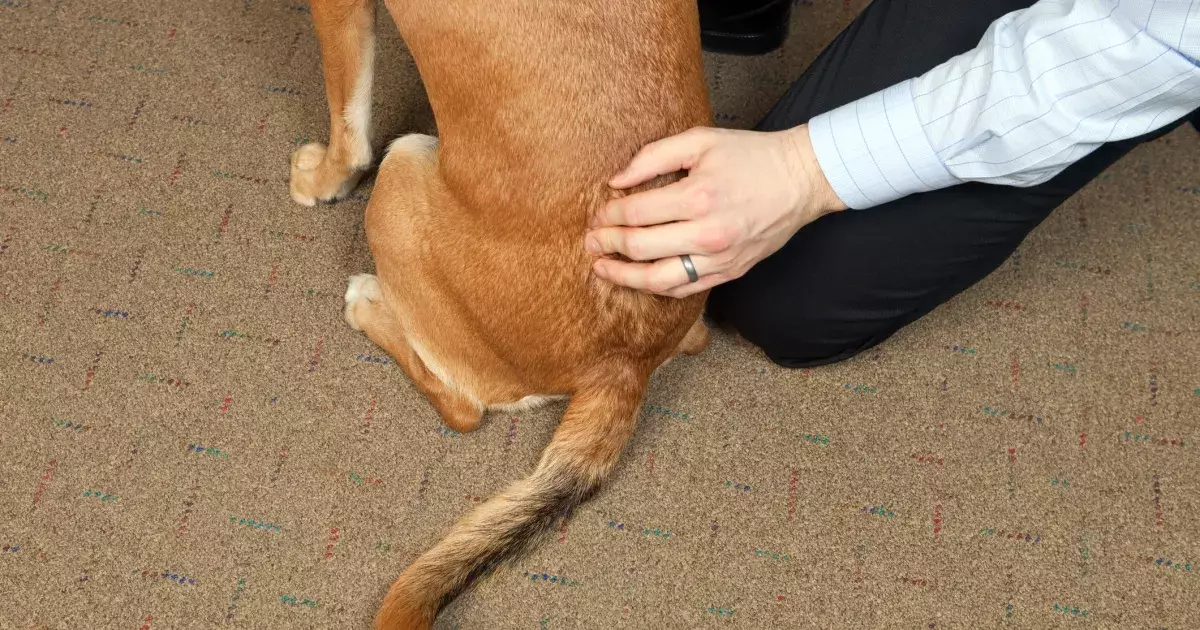When it comes to providing holistic care for your beloved canine companion, ensuring their health, happiness, and longevity is paramount. While traditional veterinary practices remain foundational for pet healthcare, innovative alternatives like chiropractic therapy are gaining recognition for their potential benefits in enhancing your dog’s quality of life. This article delves into chiropractic care for dogs, exploring its effectiveness, what to expect during treatment, and guidance on how to select a qualified chiropractor for your furry friend.
Chiropractic care for dogs focuses primarily on diagnosing and correcting musculoskeletal disorders through manual adjustments. Just as in humans, these adjustments aim to ensure that the spine and joints are functioning optimally. Proper alignment is essential for overall health; misalignments—often referred to as subluxations—can lead to discomfort, mobility issues, and various health complications. Conditions that may benefit from canine chiropractic treatment include arthritis, hip dysplasia, herniated discs, and general mobility limitations.
Many dog owners have noticed significant improvements in their pets’ well-being after consistent chiropractic treatments. Subtle signs of discomfort in dogs—such as lethargy, difficulty in jumping, or disinterest in play—often signal underlying issues. Addressing these problems with chiropractic care can facilitate quicker recovery, promote active lifestyles, and enhance a dog’s overall quality of life.
Selecting the right professional is crucial to ensuring that your dog receives the best possible care. When searching for a canine chiropractor, several key factors should be considered:
1. Qualifications and Credentials: Ideally, your dog chiropractor should be a licensed veterinarian with specialized training in animal chiropractic care. Institutions like the American Veterinary Chiropractic Association (AVCA) and the International Veterinary Chiropractic Association (IVCA) offer accredited courses and certifications that demonstrate a chiropractor’s competence in animal care.
2. Experience: Look for a chiropractor who has relevant experience, particularly with dogs that have similar conditions to your pet. A seasoned practitioner is likely to have a breadth of knowledge about various breeds, injuries, and treatment methods.
3. Referrals and Reviews: Ask for recommendations from your veterinarian and seek insight from other dog owners who have explored chiropractic care. Online reviews can help assess the reputation and reliability of a chiropractor in your area.
4. Consultation: Many chiropractors offer an initial consultation to discuss your dog’s specific issues and establish rapport. Use this opportunity to ask questions about treatment methods, expected outcomes, and consistent follow-up care.
What to Expect During Chiropractic Sessions
During your dog’s chiropractic appointment, the chiropractor will go through a comprehensive assessment that includes a review of the dog’s medical history and a physical inspection. It’s essential for the chiropractor to ascertain any pain points, mobility challenges, or previous injuries. Some practitioners may also utilize X-rays to better understand your pet’s anatomy.
The adjustment process typically involves gentle manipulations of the spine and joints. Chiropractors may use their hands or specialized tools to perform these adjustments. The technique is designed to be non-invasive and generally causes little to no discomfort for your pet.
Ongoing treatment is typical; just as humans may need periodic adjustments, dogs can benefit from regular chiropractic care tailored to their specific health needs. For instance, older dogs or certain breeds may require adjustments more frequently due to predispositions to spinal issues.
Potential Side Effects and Considerations
Though chiropractic care is widely considered safe, it’s crucial for pet owners to be aware of possible side effects. Some dogs may experience mild soreness similar to what humans feel after physical therapy. Other temporary symptoms can include lethargy or momentary exacerbation of pre-existing issues, often referred to as a “healing crisis.”
These effects typically resolve within a short period, generally one to two days. However, it is vital to monitor your dog closely after each session. If any concerning symptoms arise or worsen, contacting your veterinarian or the chiropractor promptly is advisable.
The Complementary Role of Chiropractic Care in Pet Healthcare
Integrating chiropractic care into your dog’s overall health regimen provides an avenue to enhance their physical and mental well-being, especially in conjunction with regular veterinary check-ups. However, before embarking on any alternative therapies, it is essential to converse with your veterinarian to gauge suitability for your dog’s unique circumstances.
Chiropractic care can serve as a powerful ally in maintaining your dog’s health and improving their quality of life. By making informed decisions and selecting a qualified professional, you can create a collaborative healthcare plan that prioritizes your furry friend’s happiness and vitality for years to come.


Leave a Reply